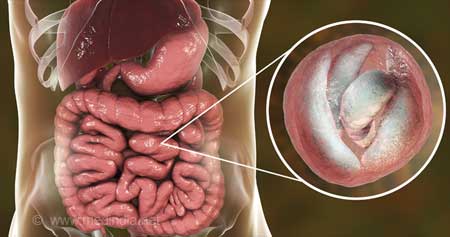Introduction: Parasitosis is a significant public health challenge affecting over 1.5 billion people globally. The incidence of parasitic infections has increased in Kyrgyzstan. This study aimed to evaluate the prevalence and determinants of intestinal parasitosis in children residing in four primary regions of the Kyrgyz Republic: Batken, Jalal-Abad, Naryn, and Osh.
Methods: This study was descriptive and analytical in nature. From 2015 to 2021, 39,398 faecal samples were collected from children aged 3–18 years and were analysed through sentinel epidemiological surveillance.
Results: In Batken, 1,434 children tested positive for parasitic infections, with an incidence rate of 130.24 per 1000 children screened; 260 children had mixed infections, accounting for 21.2% of the total cases. In Osh, 2,469 children were found to have infections, with a lesion index of 111.92 per 1000, and 260 children had mixed infections, accounting for 10.5% of the total cases. In Naryn, 354 children tested positive for
parasitic infections, with an incidence rate of 90.46 per 1000 individuals tested, and 24 children had mixed infections, accounting for 6.8% of the total cases.
Conclusion: The results showed that the highest detection rate of mixed- infection children was 26.40% in 2021, whereas parasitic infection peaked at 6.40% in 2020.

